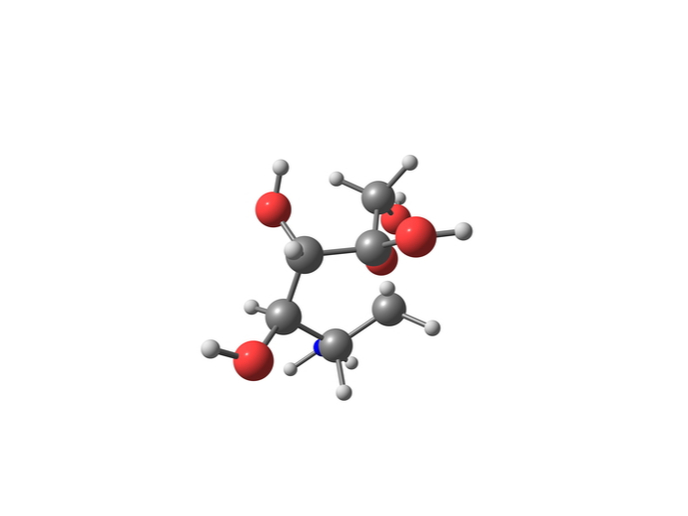Understanding the role of proteoglycans in cancer progression
With cancer being a leading cause of death, curing the disease remains a priority. However, due to the disease’s complex mechanisms, finding such a cure remains elusive. This in large part is the result of there being so many different types of cancers and the many different factors that influence the disease. Once such factor is glycoproteins, or proteins that contain a special type of sugar. The medical community has long known that a particular class of glycoproteins plays an important role in causing a cancer to worsen. Yet because analysing these molecules, called proteoglycans (PGs), is technically difficult, they have been generally neglected by the scientific community. Thanks in part to the EU-funded GLYCANC (Matrix glycans as multifunctional pathogenesis factors and therapeutic targets in cancer) project, analysing PGs – and their role in cancer progression – just got easier. “By bringing together European, Korean and South American experts in glyco-science, we set out to better understand the way these sugars work,” says Dr Martin Götte, GLYCANC project coordinator and professor of Medical Biochemistry at the University of Münster. “The ultimate goal was to then apply this knowledge to the development of new drugs for treating cancers,” Dr Götte adds.
Powerful new tools
To develop new analytical methods, project researchers applied two biophysical technologies: RAMAN spectroscopy and FTIR analysis. The former is used to determine vibrational modes of molecules, while the latter is used to identify organic, polymeric, and, in some cases, inorganic materials. As these technologies have never been extensively used in sugar analytics before, researchers had to first develop new protocols for their application. “Our methods successfully distinguish normal tissue from tumour tissue with high reproducibility based on differences in sugar structures,” explains Dr Götte. “Having this ability represents a powerful new tool for clinicians to use when diagnosing patients.” One of these methods involved the use of a technique called atomic force microscopy. Used to detect tumour cell structures that are a million times smaller than a millimetre, researchers from industry and academia collaborated to adapt the technique to distinguish aggressive tumour cells from less aggressive cells. The team also showed that because the small nucleic acids known as microRNAs are regulated by hormones, they determine the number of PGs made and cause PGs in tumour cells to develop a different structure than those found in healthy cells. “What this means is that tumour cells become less aggressive when treated with microRNA-based drugs,” says Dr Götte. “Knowing this allowed us to demonstrate its impact on so-called cancer stem cells, a cell type particularly resistant to chemo- and radio-therapy, which may represent a promising therapeutic approach.”
All goals achieved
According to Dr Götte, the GLYCANC project has successfully achieved all its scientific aims: “At the scientific level, the development of new spectroscopic analytical tools, the finding of a regulatory axis of oestrogen receptors-microRNAs and PGs, the elucidation of the role of PGs in cancer stem cells, and therapeutic resistance mechanisms in cancer are all results that we are particularly proud of.” Although now officially closed, the techniques developed during the project are already being used in practice. Furthermore, some GLYCANC team members have applied for joint funding at the EU and international level to ensure the sustainability of the project. This research was undertaken with the support of the Marie Skłodowska-Curie programme.







